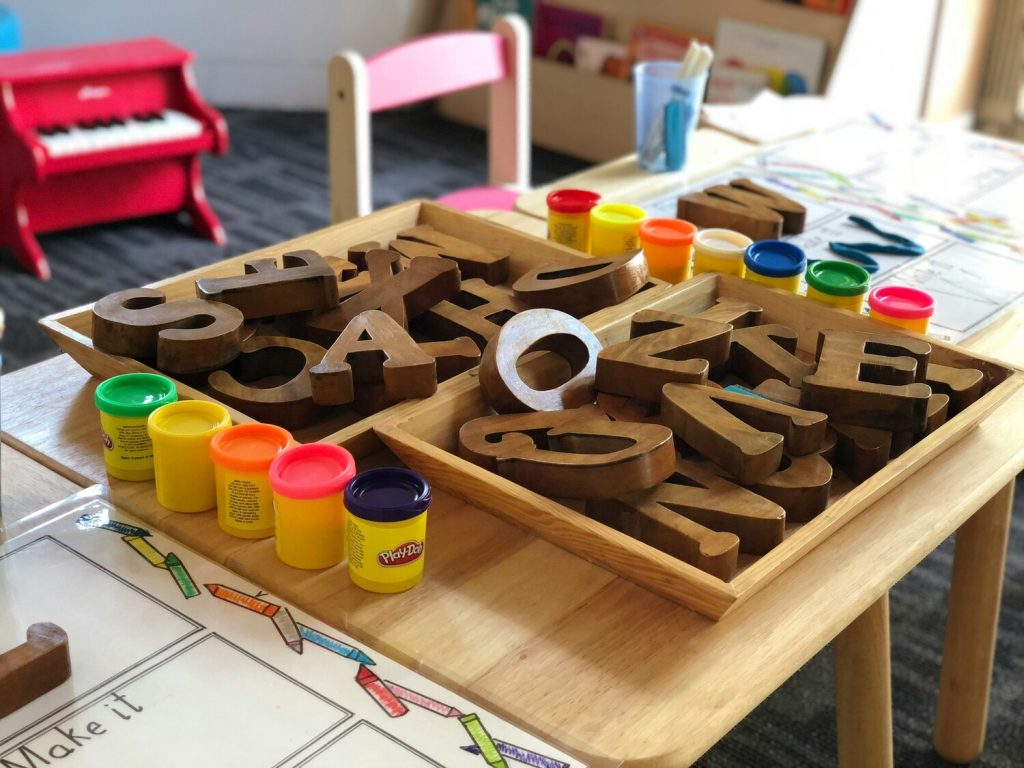
Gentle parenting promises a calmer, more connected way to raise kids—but what happens when the parent isn’t in a calm, connected place themselves? The social media version makes it look easy: speak softly, validate emotions, and skip the punishment. In reality, it demands a high level of emotional regulation, patience, and self-awareness that many exhausted parents simply don’t have. Trying to maintain the gentle parenting ideal without the emotional tools to support it can leave you drained, frustrated, and feeling like a failure. The cost isn’t just emotional—it can affect your relationship with your child, your mental health, and your confidence as a parent.
1. You Bottle Up Frustration Instead of Processing It
One of the most common missteps in gentle parenting is mistaking “gentle” for “never getting upset.” If you’re trying to stay calm for your child’s sake but haven’t developed healthy ways to process your own anger, it turns into emotional pressure that builds fast. You might stay quiet on the outside but feel resentment bubbling under the surface. When those feelings go unchecked, they often explode at the worst times or in unrelated situations. True gentle parenting isn’t about perfection—it’s about recognizing your limits and taking care of your own emotional needs too.
2. You Feel Guilty for Wanting a Break
Gentle parenting often emphasizes constant presence, connection, and emotional availability. But when you’re already running on fumes, those expectations can feel impossible to meet. Wanting time alone or feeling touched out doesn’t make you a bad parent—it makes you human. If you don’t give yourself permission to step away and recharge, burnout hits hard. Parenting gently starts with treating yourself with the same compassion you’re trying to offer your child.
3. You Avoid Setting Boundaries Out of Fear
If you’re emotionally exhausted, you may start to confuse boundaries with being harsh or controlling. Instead of confidently setting limits, you avoid them entirely to keep the peace—or out of fear of upsetting your child. The result? Kids feel uncertain and test more, while you grow more overwhelmed and out of control. Healthy boundaries are a core part of gentle parenting, not a contradiction to it. When you’re emotionally equipped, you can set those boundaries with calm confidence, not guilt.
4. You Struggle to Stay Consistent
Consistency is the glue that holds any parenting approach together, but it’s nearly impossible to maintain when you’re emotionally depleted. One day you might respond with patience and understanding, and the next you snap at the exact same behavior. This inconsistency can confuse your child and undermine your efforts to build trust and predictability. Emotional exhaustion doesn’t just impact your reactions—it impacts your follow-through. Without tools to recharge, gentle parenting starts to feel like an unreachable standard instead of a daily practice.
5. You Internalize Every Parenting Mistake
When gentle parenting is framed as the gold standard, every misstep feels like a personal failure. You might obsess over losing your temper, forget a script you saw on Instagram, or beat yourself up for not connecting during a meltdown. But gentle parenting isn’t about being perfectly regulated—it’s about modeling how to repair, take accountability, and try again. Without emotional support or realistic expectations, this parenting style can feel like one long, quiet guilt trip. You deserve grace too, not just your child.
6. You Neglect Your Own Emotional Healing
Many parents are drawn to gentle parenting as a way to break cycles from their own upbringing. But you can’t parent gently through sheer willpower if you haven’t addressed your own emotional wounds. Trying to give your child everything you didn’t have while still carrying your own unresolved trauma puts you on a fast track to emotional burnout. Healing doesn’t happen overnight, but it has to be part of the process—not an afterthought. Your ability to show up for your child improves when you start showing up for yourself too.
Parenting Gently Starts With Being Gentle to Yourself
You don’t need to be a zen master to be a good parent. Gentle parenting is not about stuffing down your emotions or ignoring your own needs in service of your child’s. It’s about being real, staying present, and doing the work—even when that means admitting you need support. If you’re not emotionally equipped right now, that doesn’t mean you’ve failed. It just means you’re human, and it might be time to shift the focus to your own healing, rest, and resilience.
Have you ever struggled to practice gentle parenting when your own tank was empty? What helped you reset? Share your story in the comments.
Read More:
One Gentle Parenting Trick That Changed Everything
Balancing Empathy with Discipline
Catherine is a tech-savvy writer who has focused on the personal finance space for more than eight years. She has a Bachelor’s in Information Technology and enjoys showcasing how tech can simplify everyday personal finance tasks like budgeting, spending tracking, and planning for the future. Additionally, she’s explored the ins and outs of the world of side hustles and loves to share what she’s learned along the way. When she’s not working, you can find her relaxing at home in the Pacific Northwest with her two cats or enjoying a cup of coffee at her neighborhood cafe.















